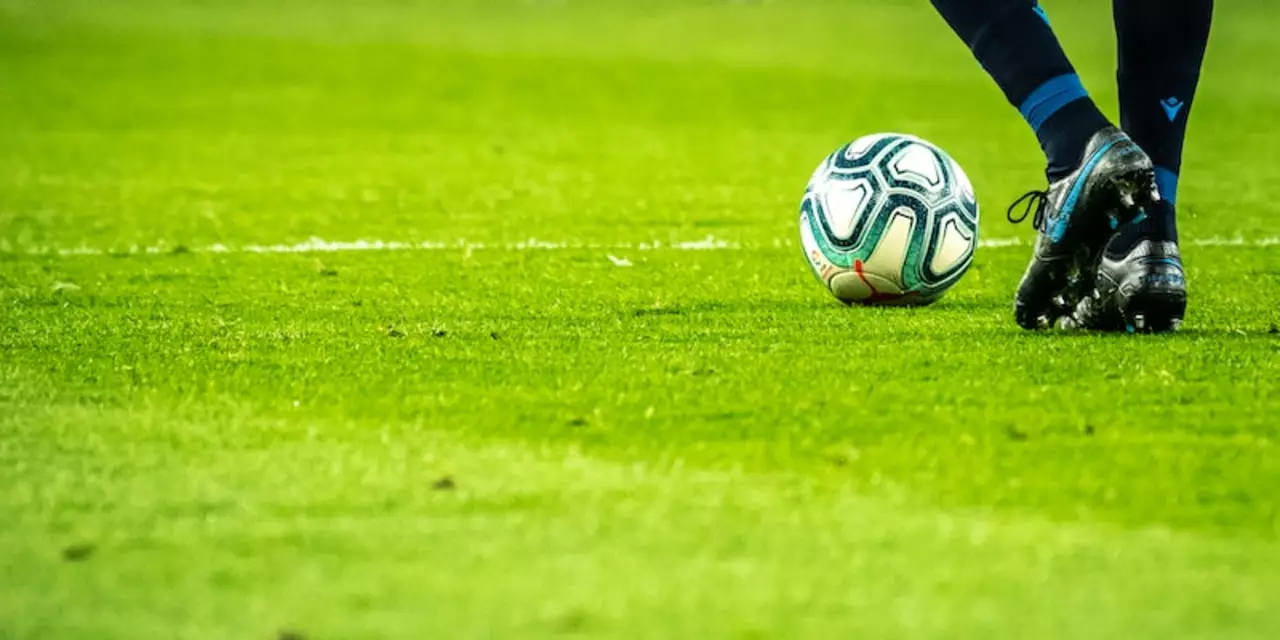Soccer Coaching and Training: Your Go‑to Guide
When diving into Soccer Coaching and Training, the process of improving players' skills, fitness, and game understanding. Also known as football coaching, it brings together many moving parts. For instance, player development, the long‑term growth of technical, tactical, and mental abilities is a core pillar, while training drills, structured exercises that target specific skills provide the hands‑on work. Add tactical analysis, the study of game patterns to shape training plans and you have a full‑circle approach. In short, Soccer Coaching and Training encompasses player development, requires focused drills, and is shaped by tactical insights.
Why Position Choice Matters in Coaching
One of the most frequent questions coaches face is how to guide a youngster toward the right soccer position. The answer isn’t a one‑size‑fits‑all checklist; it’s a blend of physical traits, mental sharpness, and personal taste. Speedy kids who love sprinting often shine as wingers, whereas strong, tactical thinkers might excel as centre‑backs. Decision‑making ability and the knack for reading the game are the mental side that separate a good defender from a great playmaker. When you match these attributes with a player’s preferred style—whether they enjoy attacking flair or defensive solidity—you create a win‑win scenario. This is why many coaches combine physical testing, video review, and candid conversations to pinpoint the best fit.
All the topics above tie directly into the articles you’ll find below. Whether you’re hunting for drill ideas, looking to map out a player‑development pathway, or need a quick read on selecting the right position, the collection offers bite‑size advice you can start using right away. Scroll on to discover practical tips, real‑world examples, and step‑by‑step guides that will help you elevate your coaching game.
How to choose a soccer position?
Posted by Zander Callaghan with 0 comment(s)
When choosing a soccer position, it is important to consider a variety of factors, including physical abilities, mental abilities, and personal preferences. Physical abilities include speed, strength, and endurance, while mental abilities include decision-making and the ability to read the game. Personal preferences include playing style and the level of competition desired. Additionally, it is important to understand the various roles of each position on the field and the responsibilities that come with it. By understanding all of these factors, it is possible to make an informed decision about which soccer position is the best fit.
view more